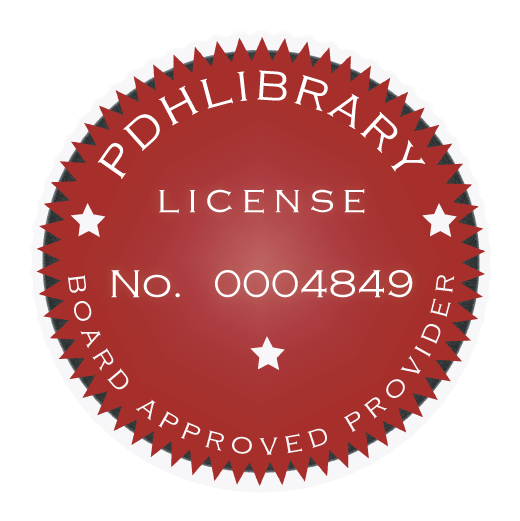Course Description
This is an introduction to the planning and design of sanitary landfills. You will learn about dry and wet landfills, site selection, site development plans, site layout, trench design, leachate control and treatment, gas control, runoff control, support facilities, and landfill closure issues. The main advantage of a sanitary landfill is that handling and processing of refuse is kept to a minimum. Handling is limited to the pickup and transport of the waste, the spreading of refuse, and covering with a suitable cover material. After the material is collected, it may go through various changes and processes, at a substantial expenditure of energy, before it results in a reusable form. Recyclable materials include paper, plastics, glass, metals, batteries, and automobile tires. Options available to eliminate the quantity and specific types of refuse in sanitary landfills include incineration, recycling, composting yard wastes and landfills designed for a specific waste requiring permits (e.g. hazardous waste landfills, asbestos landfills, etc.). So there might be less transport of refuse, placement of landfills close to the center of population would be the most desirable situation for the designer. Adverse public sentiment and the cost and availability of land usually are the deciding factors for locating a landfill, which make transporting the refuse to a more advantageous location the preferred option for many authorities. New technologies that can produce a closed landfill system, a self contained system resulting in very little impact on the surrounding environment, have resulted in more restrictive legislation and regulations for sanitary landfills. Therefore, site selection and proper landfill design are considered the most important factors in the refuse disposal process.
Specific Knowledge or Skill Obtained
• Learn about the applications and characteristics of dry and wet landfills.
• Learn about the two most commonly used methods of operating a landfill.
• Learn about landfill site selection issues associated with nearby airports, wetlands, seismic impact zones, unstable areas, cover, existing site utilities and access.
• Learn what features must be incorporated into landfill site development plans, and accompanying plans and narratives required to fully characterize the landfill site’s planning, design, operation and closure.
• Learn the fundamentals of landfill trench design.
• Learn the fundamentals of landfill cover requirements to minimize infiltration and erosion.
• Learn about leachate, runoff, and gas control and sanitary landfills.
Intended Audience
This course is intended for engineers, other construction professionals, and solid waste operational and management personnel who want an introduction to sanitary landfill planning and design. The course will give you the basic terminology and technical considerations needed to help you address sanitary landfill projects in your agency or company.
Benefit for Attendee
This course will give engineers, construction and solid waste management personnel an introduction to planning, design, operation and closure of sanitary landfills.

